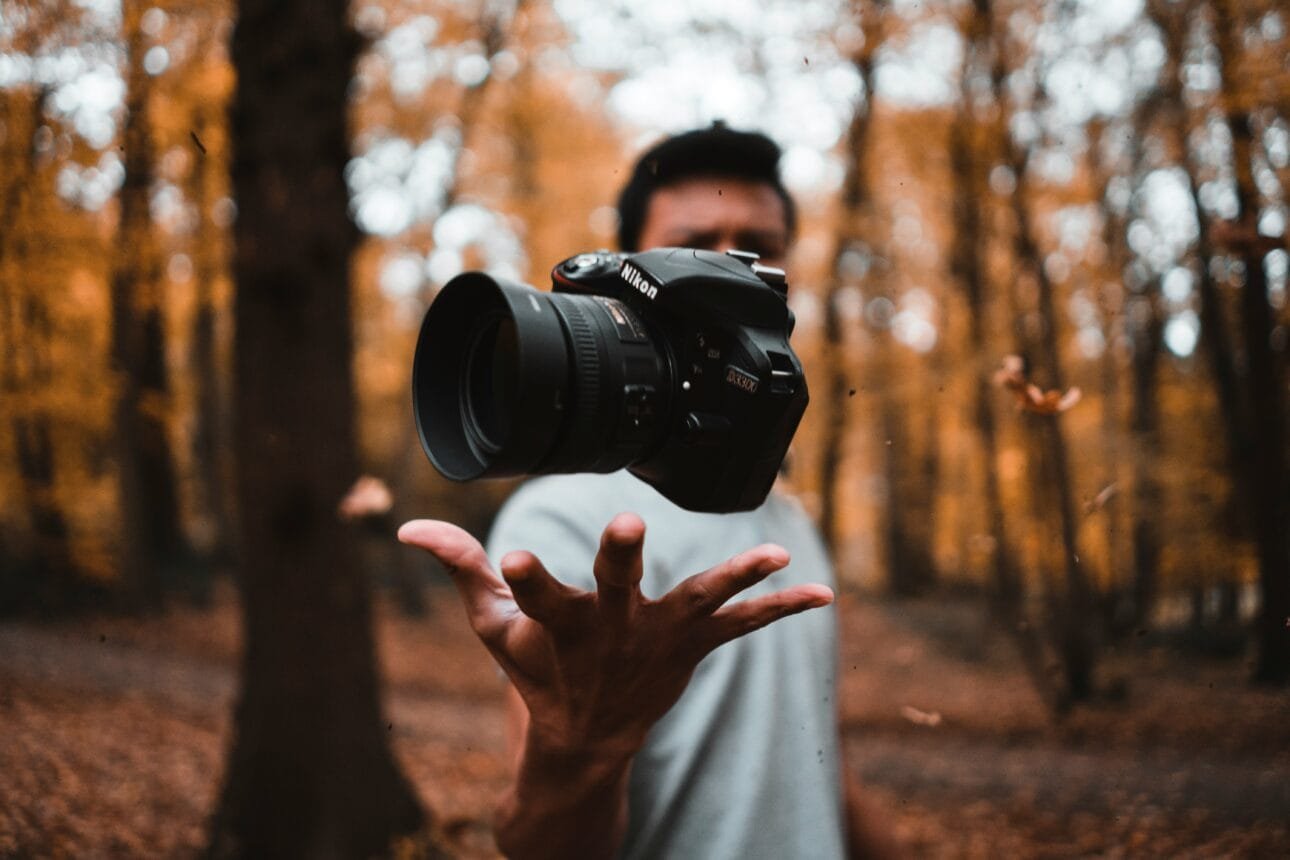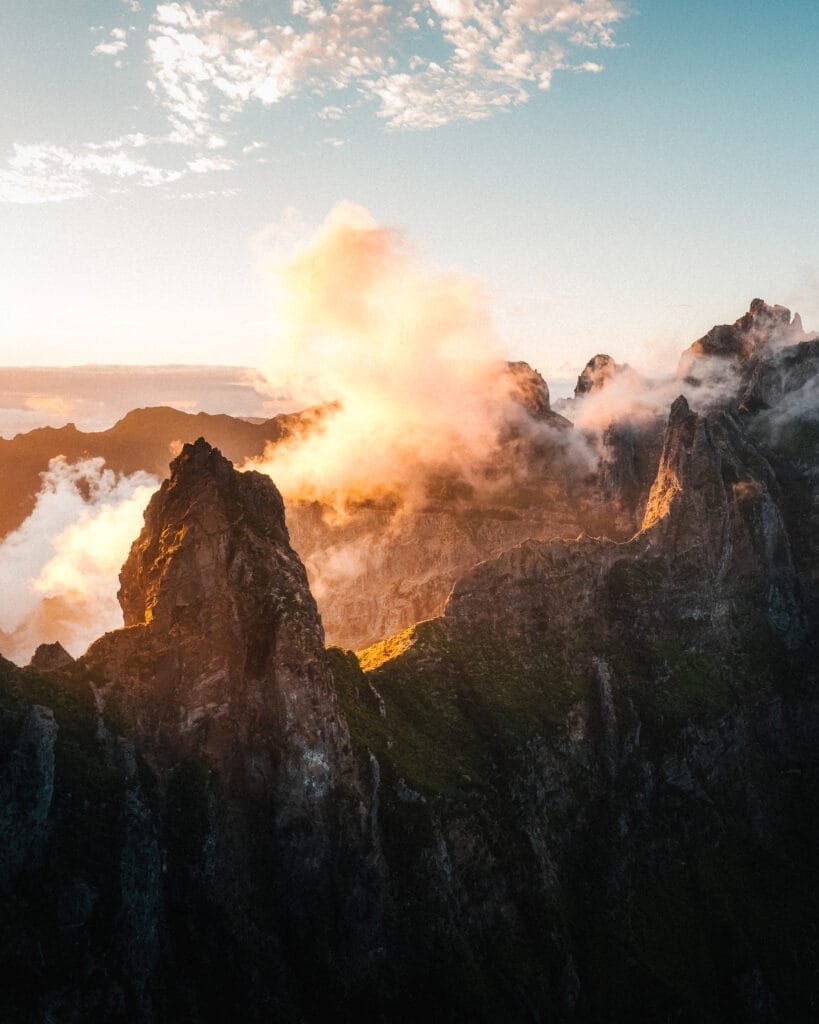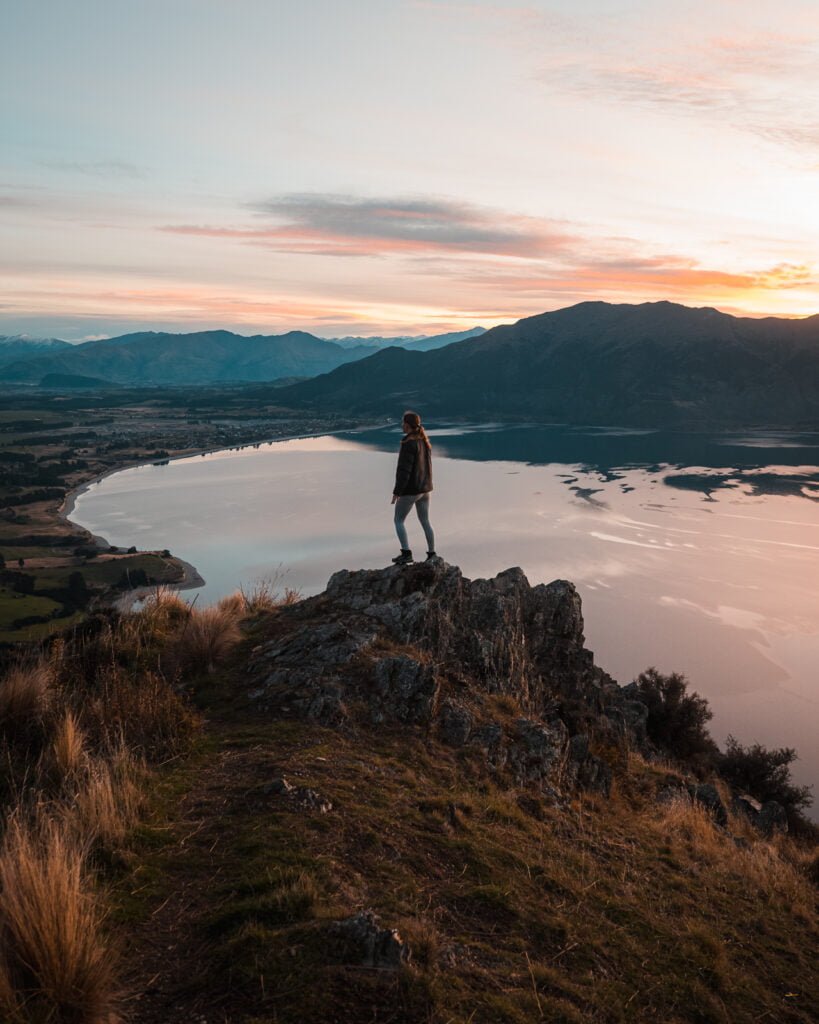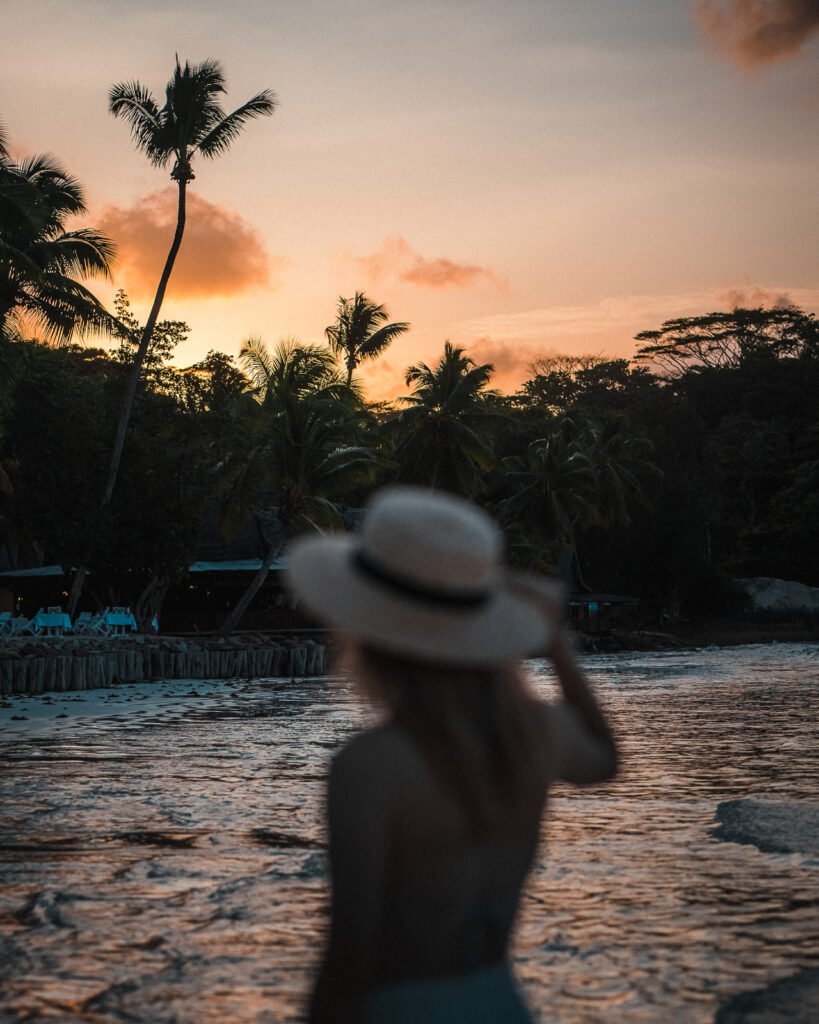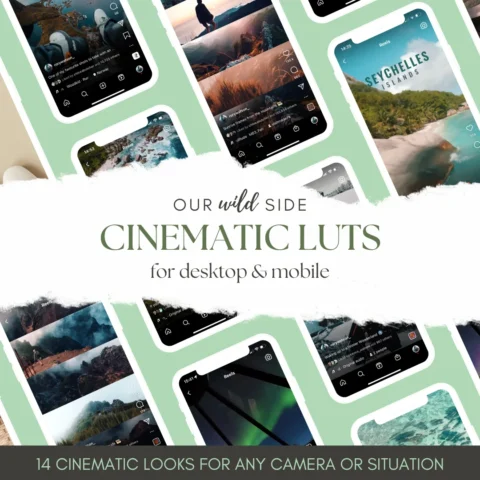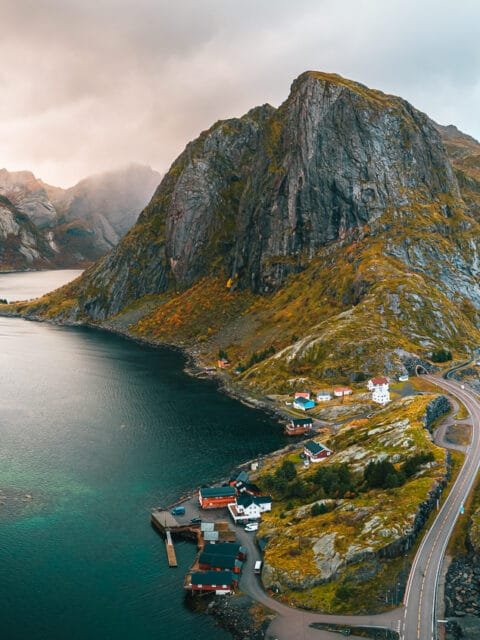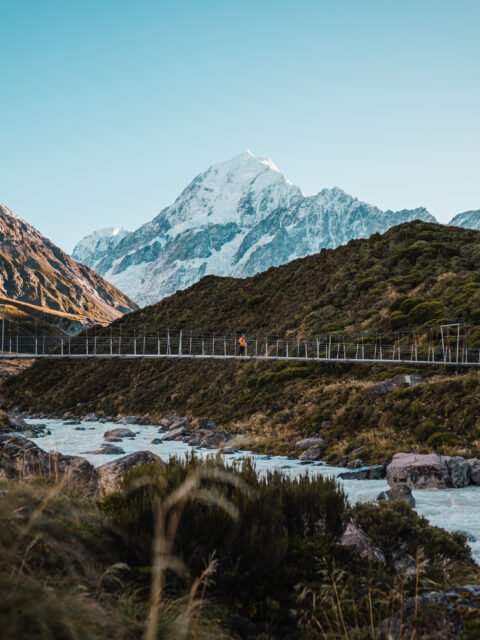Picking the best lens for travel photography can be tricky, especially if you can only choose one. Your lens choice can massively affect how you’re are able to capture your travel memories, from wide landscapes to close-up portraits.
If I could only pick one, it would have to be the 24-70mm f/2.8 lens (or equivalent) – let me explain (or skip to the end for my complete list of recommendations).
What’s the difference between a Prime and a Zoom?
Photographers often like to debate whether prime lenses or zoom lenses are better. To put it simply, prime lenses are known for their superior sharpness and wide fixed aperture, but with the drawback of a fixed focal length.
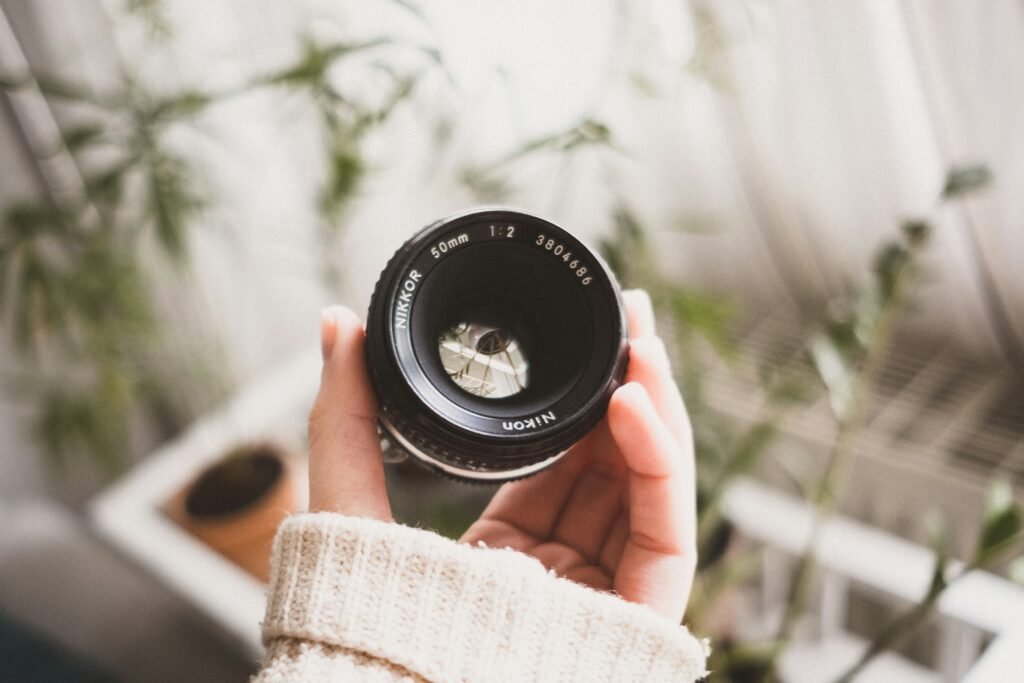
Zoom lenses on the other hand, can often have inferior sharpness and image quality but come with the significant advantage of flexibility.
For travel photographers, I think that the flexibility is absolutely key. For most people, the image quality from a fixed aperture zoom lens like the 24-70 f/2.8 will be more than good enough.
What’s the difference between fixed and variable aperture?
A fixed aperture lens, like the 24-70mm f/2.8 we’re discussing, maintains its maximum aperture (in this case, f/2.8) throughout its entire zoom range.
This consistency allows for better low-light performance and depth of field control, regardless of the focal length you’re using.
On the other hand, variable aperture lenses, often more budget-friendly, have a maximum aperture that changes as you zoom.
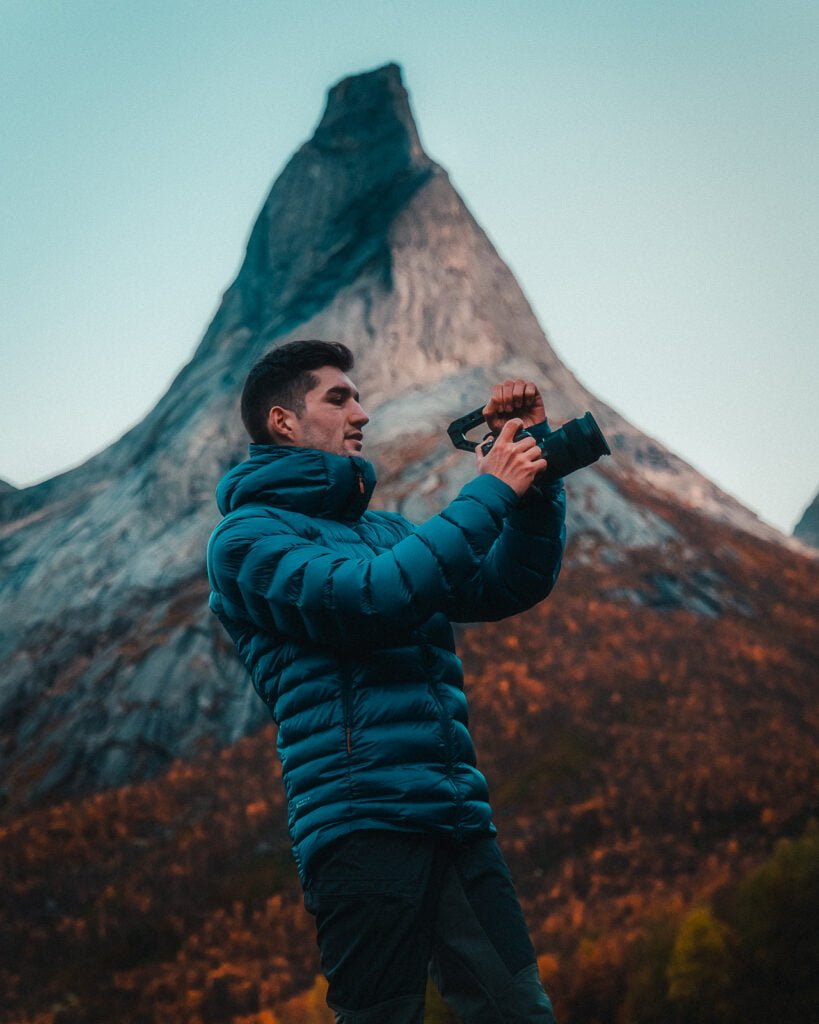
For example, a 24-70mm f/3.5-5.6 lens would have a maximum aperture of f/3.5 at 24mm, but this would decrease to f/5.6 at 70mm.
While these lenses are typically lighter and less expensive, they sacrifice some low-light capabilities and depth of field control, especially at longer focal lengths.
For travel photography, where lighting conditions can be unpredictable, the consistent f/2.8 aperture provides a significant advantage, allowing for more flexibility in challenging situations.
Why the 24-70mm f/2.8 is the best lens for travel photography?
Firstly, it’s important to note that this focal range is typically associated with full-frame cameras. For APS-C or Micro 4/3 systems, the equivalent lens for be around 16-50mm for APS-C and 12-35mm for Micro 4/3, to maintain a similar field of view.
In my opinion, when it comes to travel photography, the 24-70mm f/2.8 lens (or equivalent) stands out as a versatile powerhouse, offering the perfect balance between flexibility and image quality.
This lens’s constant f/2.8 aperture provides exceptional low-light capabilities, perfect for shooting during a travel photographers favourites times of day – the golden hours of sunrise and sunset.
The wide aperture not only allows for faster shutter speeds in dim conditions but also creates a beautiful shallow depth of field, allowing you to separate your subject from the background.
The 24-70mm focal range is also incredibly adaptable, allowing you to seamlessly transition from wide-angle landscapes to intimate portraits without the hassle of changing lenses – and running the risk of missing the moment!
I find the versatility to be most valuable when exploring new and unfamiliar places (as you so often are with travel photography), as it can be difficult to know what to expect or to have a complete plan in advance.
The 24-70 allows me to be ready to capture almost anything, at any time; and the image quality that you get from a fixed aperture zoom lens is more than good enough for me!
Reasons not choose the 24-70mm f/2.8?
While the 24-70mm f/2.8 lens offers countless advantages to travel photographers, I still want to discuss it’s potential drawbacks to help you make the right decision.
Firstly, the higher price tag that comes with these lenses might be a significant factor for those on a tighter budget or if you are just starting your journey in travel photography.

Additionally, this lens will be substantially larger and heavier than if you were to carry just a single prime lens (or even a variable aperture zoom lens), potentially impacting mobility and comfort during long days.
In some scenarios where minimizing gear is crucial, such as backpacking trips or adventures in remote locations, a more compact prime lens or a smaller zoom might prove to be a more practical choice.
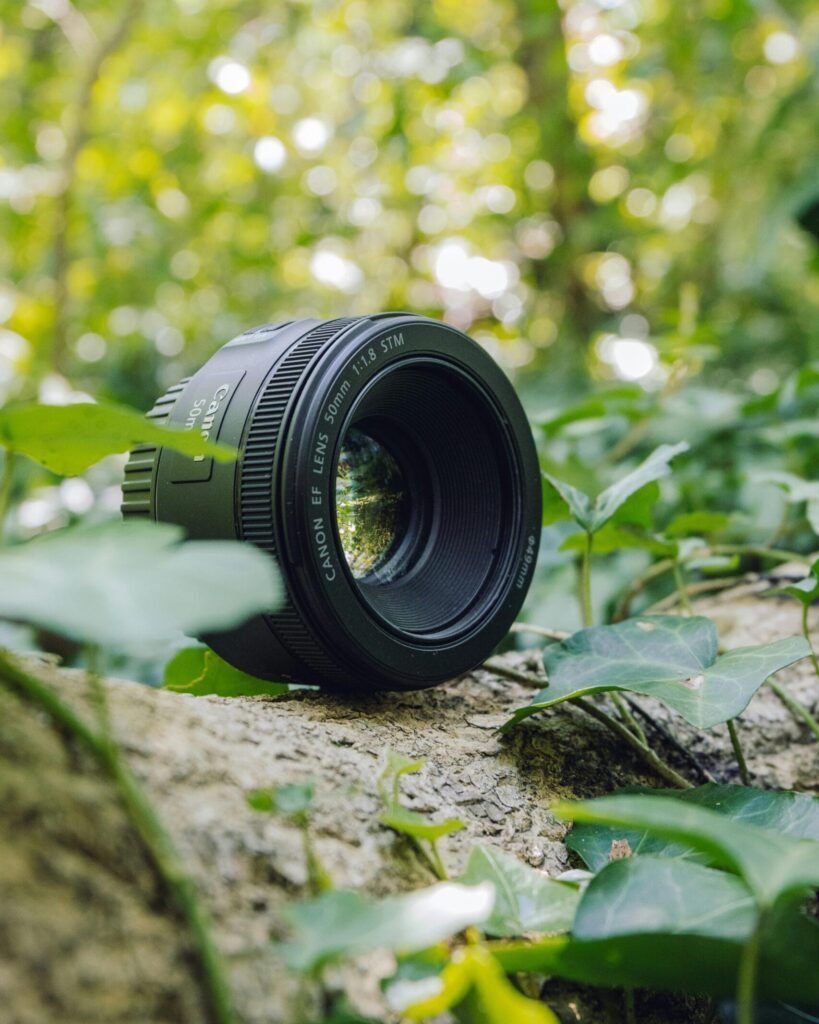
However, as someone who prioritizes image quality and versatility above all else, I would say that the benefits of my 24-70mm f/2.8 more than outweigh its drawbacks.
The Best 24-70mm f/2.8 Lenses for Every Camera
Here are some top 24-70 f/2.8 (or equivalent) lens choices for every major camera sytem:
- Best for Canon RF mount: Canon RF 24-70mm f/2.8L IS USM
- Best for Nikon Z mount: Nikon NIKKOR Z 24-70mm f/2.8 S
- Best for Sony E mount (full frame): Sony FE 24-70mm f/2.8 GM II
- Best for Sony E mount (APS-C): Sony E 16-55mm f/2.8 G
- Best for Panasonic L mount: Panasonic Lumix S PRO 24-70mm f/2.8
- Best for Fujifilm X mount (APS-C): Fujifilm XF 16-55mm f/2.8 R LM WR
- Best for Micro Four Thirds: Lumix G X VARIO 12-35mm f/2.8
- Best Budget Full Frame: Sigma 24-70mm f/2.8 DG DN Art (variety of mounts available)
- Best Budget APS-C: Sigma 18-50mm F2.8 DC DN (variety of mounts available)
Best Budget Alternative: The 24-70mm f/4 Lens
While the 24-70mm f/2.8 is my prefered choice for travel photography, budget constraints might lead you to consider its more affordable sibling: the 24-70mm f/4.
This lens offers a great balance between cost and performance, making it an excellent alternative for those looking to save money without sacrificing too much quality.
While you will sacrifice some low-light capability and lose some depth of field control, the 24-70mm f/4 is still a solid choice for travel photography, especially for those on a tighter budget or prioritizing a lighter kit.
Here are some options for 24-70mm f/4 lenses for different mounts:
- Best for Canon RF: Canon RF 24-70mm f/4L IS USM
- Best for Nikon Z: Nikon NIKKOR Z 24-70mm f/4 S
- Best for Sony E (full frame): Sony FE 24-70mm f/4 ZA OSS
- Best for Panasonic L: Panasonic Lumix S 24-105mm f/4 Macro OIS
- Best for Fujifilm X (APS-C): Fujifilm XF 16-80mm f/4 R OIS WR (24-120mm equivalent)
If you’re looking for travel content creation resoures, be sure to check out our other related blog posts below:
👉 9 Creative Ways to Make Money from Travel Photography
👉 How to Make Your Phone Travel Videos Look Cinematic with LUTs
👉 Top 10 Mountain Photography Tips for Stunning Landscape Shots
Step up your editing


